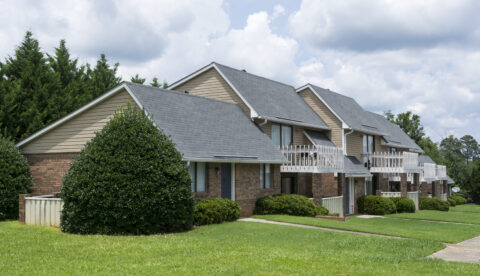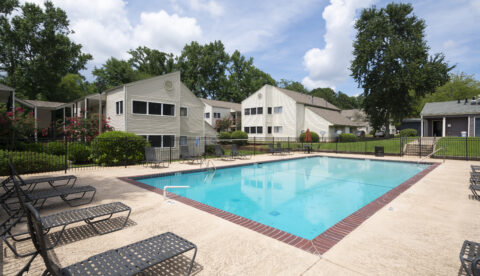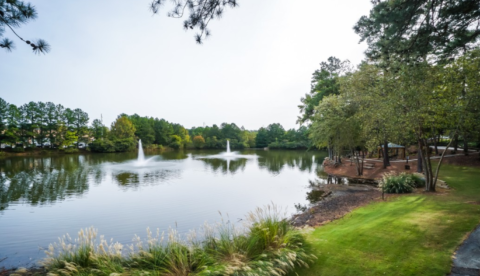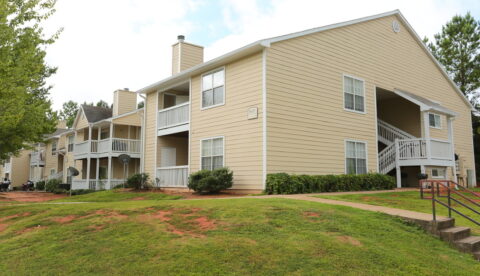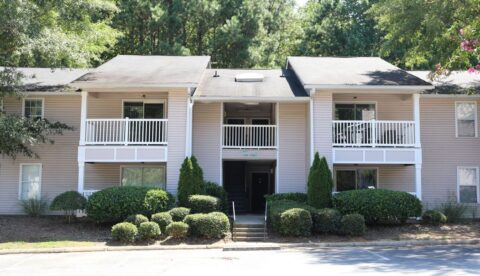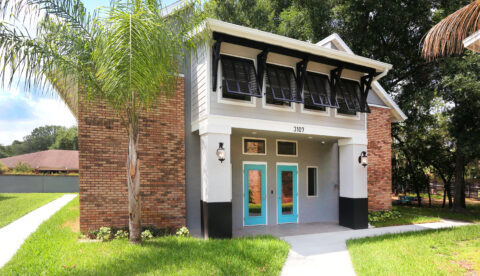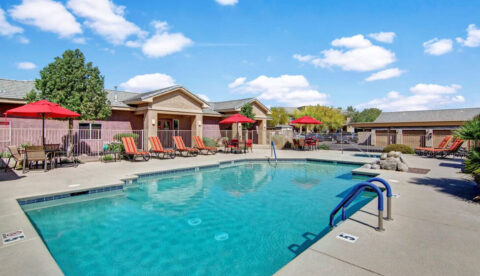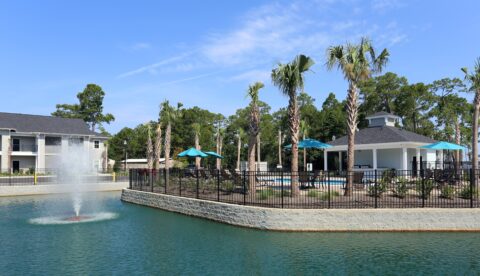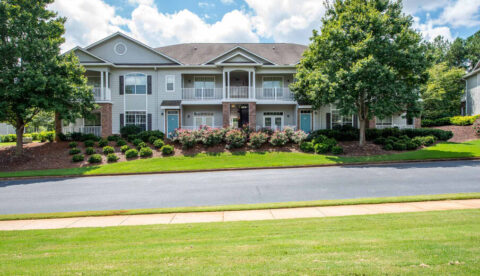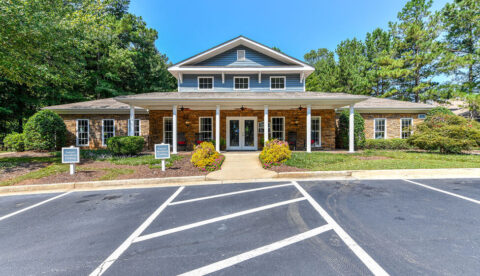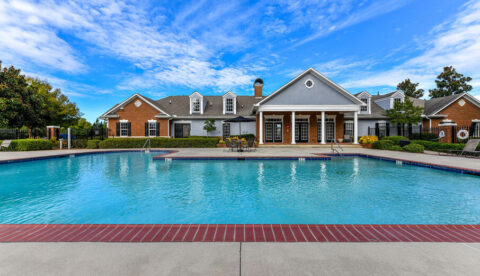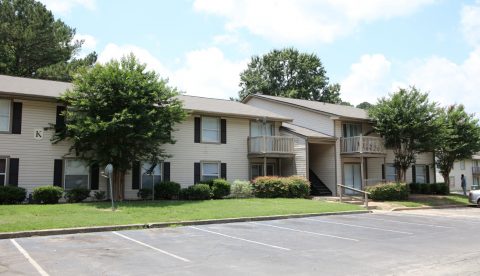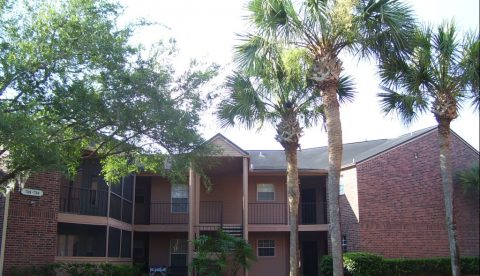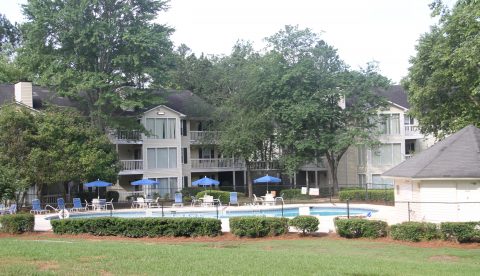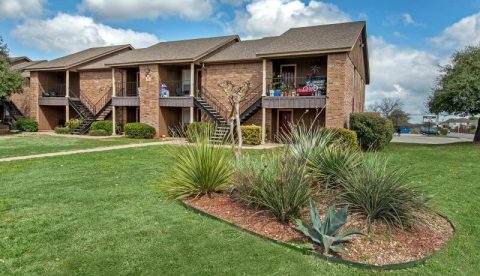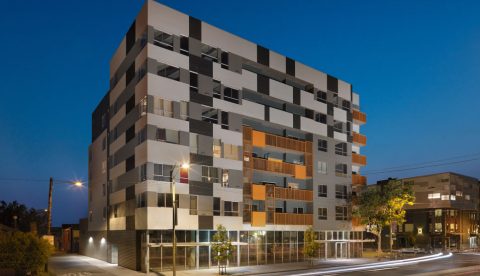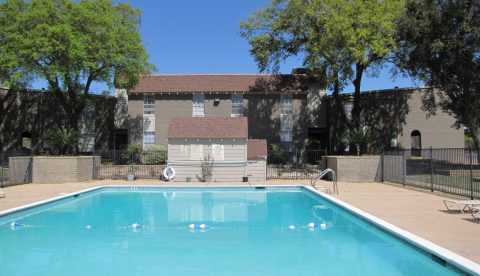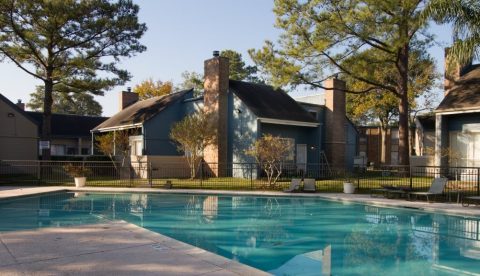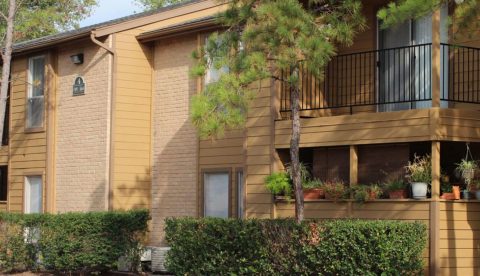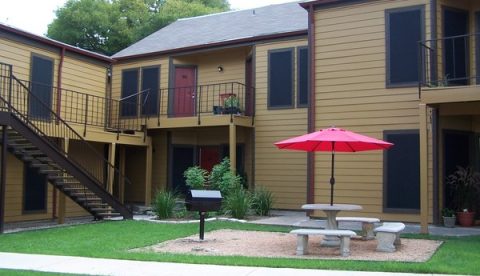What Tenants in Multifamily Real Estate Are Looking For
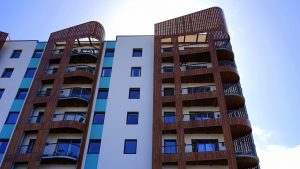
Cars and televisions aren’t the only goods that have improved exponentially over the years, offering more and better features than previous generations could have conceived of. Likewise, the multifamily housing property of today is far more indulgent and advanced than the standard Spartan apartment blocks of 40 or even 20 years ago.
Over time, certain features become less expensive and more indispensable. Ethernet connections, for instance. Or going back earlier, microwave ovens. Few people living in developed countries can imagine daily life without either.
As technology progresses, finds a larger market, and becomes more affordable, it’s up the multifamily property owner to decide which perquisites to offer potential renters and which ones to omit or let the renters buy on their own.
We’ve Come a Long Way
One look at the primitive apartment buildings in the older parts of the United States shows what tenants of a bygone era considered livable: a communal bathroom, a clothesline, electricity, and if the landlord was feeling particularly generous, maybe even a fan. (Air conditioning didn’t become functionally indispensable until the mid-20th century, hence those outdoor-mounted cooling units that are as rich a part of New York City culture as pigeons and street crime.)
Today, many multifamily buildings often offer amenities that rival those you’ll find at some luxury 5-star resort hotels.
In-unit Appliances

A stove, oven, and refrigerator are often taken for granted. Besides, any tenant who has their own major appliances, and can transport them from apartment to apartment, would almost certainly rather be in a house anyway. It’s when tenants start expecting a place to wash and dry their clothes in privacy that pound-foolish landlords start balking. A $500-per-unit investment of a small washer and dryer, plus plumbing and electrical modifications, frees tenants from the hassle of having to schlep their clothes into a common area, then wasting precious time sitting waiting for their clothes to wash and dry. When that becomes enough of an inconvenience, a renter with options starts looking for a competing place to live.
Covered Parking
For the price of a few square yards of sheet metal, a landlord can ensure that residents no longer have to worry about their vehicles turning into blast furnaces (in the Sun Belt) or being buried under an avalanche (in northern climes). Regardless of which geographic location your multifamily property is in, there’s guaranteed to be some part of the year in which cars will benefit from protection from the elements and car owners will be grateful. Even in famously temperate areas such as Hawaii, a covered parking space can mean the difference between a clean car and one compromised by kukui nuts and myna bird droppings.
Fitness
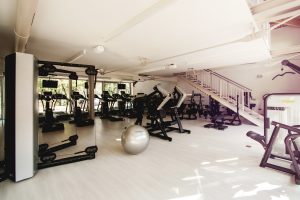
There’s a reason why the phrase “apartment home” entered the vernacular. The original idea was to convince tenants to think of a rental unit as somewhat permanent and welcoming, and not just a stepping stone en route to the eventual goal of single-detached life with a mortgage and a picket fence and endless costly maintenance. Part of the convenience of living in a multifamily property over a single-family home is economies of scale. Few individual homeowners will find it affordable or practical to house a full workout facility on the premises, especially given that it’d sit unused for most of the day. But a gym in a multifamily building, with its cost spread out among a hundred or more residents, available for all of them to use at varying times, can be a relatively inexpensive and efficient way to lure renters.
A couple of treadmills, an exercise bicycle and a modular weight machine are of course an expense, and not in and of themselves a way to generate revenue. However, they can be considered an investment. An on-site gym, even a basic one, gives tenants another reason to stick around. For some tenants, the kind who would never bother to purchase a membership to Gold’s or 24 Hour Fitness, an on-site gym provides the opportunity for at least a modicum of fitness. For other tenants, such a gym can be an argument in favor of maintaining one’s lease – especially when comparable multifamily properties offer nothing similar.
Pool/Jacuzzi
For a single-family home, a pool might be an extravagance. For a multifamily dwelling, a pool built for the enjoyment of of its residents can be a boon. Again, the cost of such an item is small compared to the additional rents received. Even in areas where pools only see limited use throughout the year, a pool represents a relatively modest expense that can encourage a tenant to re-up instead of moving elsewhere.
Much like anything else, there’s a balance to be struck here. You don’t want to spend lavishly on features that no reasonable tenant would expect (docking stations in each unit and daily valet service are probably a little much), but you also don’t want to offer a boot-camp style of minimalism that serves only to discourage people from renting, regardless of how low your monthly rates are.
Spending $1,000 to get a $25 increase in rent not only boosts cash flow, it also adds $5,000 to the property value of a property in a 6% cap rate market. A smart and financially astute multifamily investor knows to read the ever-dynamic market and be among the first to offer choice amenities (or at the very least, basic versions of choice amenities) to entice tenants to stay and renew.




